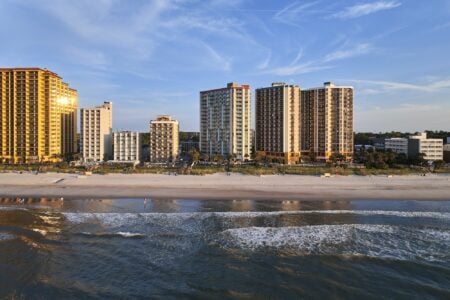Get ready for your trip with
Myrtle Beach Weather
There’s no doubt, the amazing weather in Myrtle Beach is one of the best reasons to visit our area! But what exactly will it be like when you come here? That’s the question on many visitors’ minds.
And while predicting what it will be like on any given day or week is best left to local meteorologists, there are plenty of common concerns about Myrtle Beach weather that we can help with. The guide below has the latest forecast and current weather conditions, as well some frequently asked questions about weather and even some great facts about the climate in Myrtle Beach!
Current Weather Conditions
Planning a vacation soon? Here's a look at what the week ahead holds:
-
TEMPERATURE
°F | °F -
HUMIDITY
% -
WIND
MPH -
CLOUDINESS
% -
SUNRISE
-
SUNSET
-
FRI 19°F | °FCloudiness%Humidity%
-
SAT 20°F | °FCloudiness%Humidity%
-
SUN 21°F | °FCloudiness%Humidity%
-
MON 22°F | °FCloudiness%Humidity%
-
TUE 23°F | °FCloudiness%Humidity%
-
WED 24°F | °FCloudiness%Humidity%
Webcams
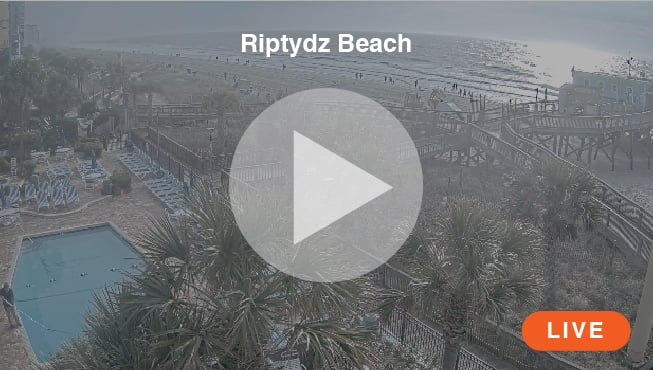
See beach conditions with our live oceanfront weather cams along the Myrtle Beach Boardwalk.
Annual Myrtle Beach Area Weather
With more than 200 sunny days each year and warm waters throughout the year, the weather in the Myrtle Beach area makes it easy to enjoy all we have to offer. Here's a look at our average temperatures, rainfall and other statistics:
Average Temperatures
| Month | High | Low | Water | Precipitation |
| January | 56° | 37° | 50° | 3.66" |
| February | 60° | 39° | 52° | 3.50" |
| March | 68° | 46° | 57° | 3.79" |
| April | 76° | 53° | 62° | 2.12" |
| May | 83° | 61° | 69° | 2.99" |
| June | 88° | 68° | 77° | 3.66" |
| July | 91° | 72° | 81° | 5.19" |
| August | 89° | 71° | 83° | 5.58" |
| September | 85° | 64° | 80° | 5.58" |
| October | 77° | 54° | 73° | 3.23" |
| November | 69° | 46° | 65° | 2.97" |
| December | 60° | 38° | 55° | 3.45" |
| Annual | 75° | 54° | 67° | 45.72" |
Statistical Averages
| Sunny Days | 215 |
| Overcast Days | 150 |
| Frost Days | 42 |
| # of days with High over 90 degrees | 46 |
| Days with measurable rainfall | 72 |
| Average air temperature | 64° |
| Average 1 p.m. relative humidity | 57% |
| Avg. sunny days/mo. (summer) | 18 |
| Avg. sunny days/mo. (winter) | 15 |
| Wettest months | July & Aug. |
| Driest months | Oct. & Nov. |
| Hottest day (105°) | Aug. 22, 1983 |
| Coldest day (4°) | Jan. 21,1985 |
Average Water Temperatures
| Month | Ocean Temps |
| January | 60.6° |
| February | 57.9° |
| March | 57.7° |
| April | 64° |
| May | 70.7° |
| June | 78.1° |
| July | 81.9° |
| August | 82.8° |
| September | 80.4° |
| October | 76.3° |
| November | 68.9° |
| December | 63.3° |
Weather Facts
10 things you should know about Myrtle Beach weather before visiting
There are tons of reasons to visit Myrtle Beach, from the great golf and accommodations to top-notch restaurants and attractions. But among the best parts of a vacation here is enjoying the amazing Grand Strand weather. Here are some of the reasons we love the weather in Myrtle Beach and why you should too...
1. It's really sunny here.
From early spring through late fall, and even at stretches through the offseason, the weather here is dominated by warm sun and blue skies, making the Grand Strand a great place to enjoy outdoor activities of all sorts.

We average nearly as many sunny days per year as Las Vegas, Phoenix and San Diego and more than destinations like Gatlinburg and Branson, Mo.
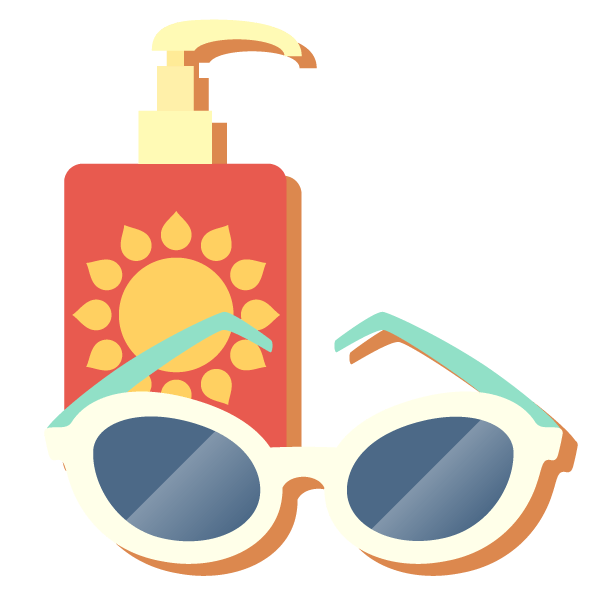
In the summer, we see sun 60% of the time (18 days per month). This means its almost impossible to visit for a week and not catch at least a few sunny days.
2. We've got lots of water.
No matter where you're staying on the Grand Strand, you're never far from a body of water. Whether it's sunbathing and swimming in the Atlantic Ocean, boating and jetskiing on the Intracoastal Waterway or kayaking and fishing along the saltwater marsh in Murrells Inlet, there's plenty of great ways to get wet.
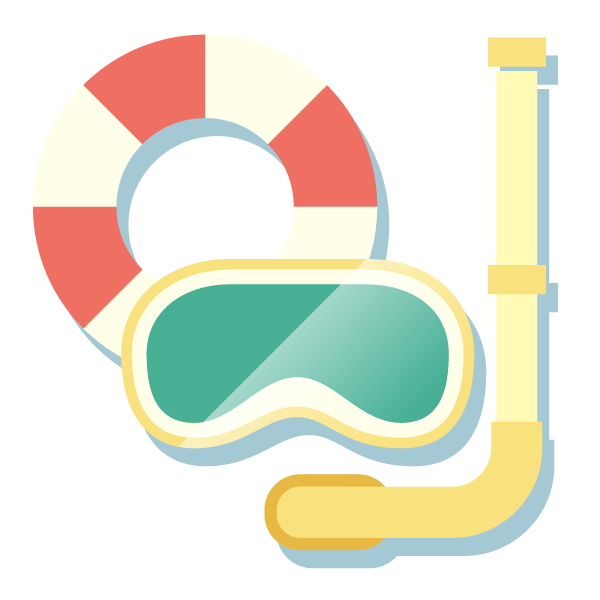
The average water temperature in July reaches into the 80s and the ocean provides comfortable swimming from early May to late September or October.

Stretching from the N.C. border south into Georgetown County, the Grand Strand provides more than 60 miles of sandy oceanfront beaches.
3. It can get really hot (...and cold) here!
It's likely no shock that July is typically the hottest month in Myrtle Beach and January is the coldest, but you may be surprised by just how warm and cold it gets here. Highs will range into the mid- to upper 90s at times during the summer and can often dip into the 30s at night throughout the chilly offseason months.
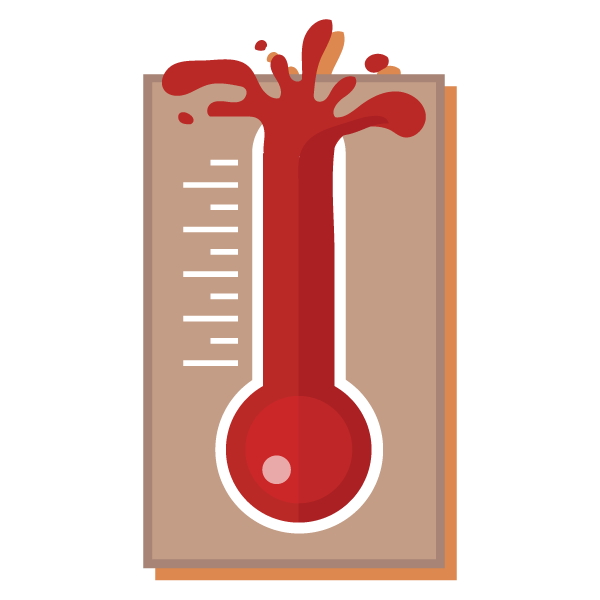
The hottest temperature on record in Myrtle Beach was more than 100 degrees on Aug. 22, 1983.
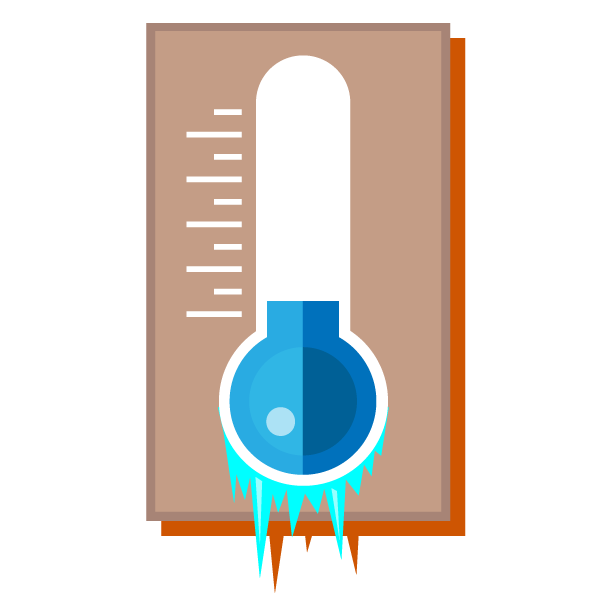
Though we rarely dip below freezing here in the winter, the record low was 4 degrees, measured on Jan. 21, 1985.
4. The ocean is a great air conditioner.
Sure, it get can downright steamy here during the hot summer months, but compared to many nearby areas, Myrtle Beach actually stays cooler due to its proximity to the Atlantic Ocean. It's gentle sea breezes are good for more than just flying kites and windsurfing.

Wind speeds near the beach generally range from 0-20 miles per hour, with an average of 5 mph — which is just enough to fly most kites.
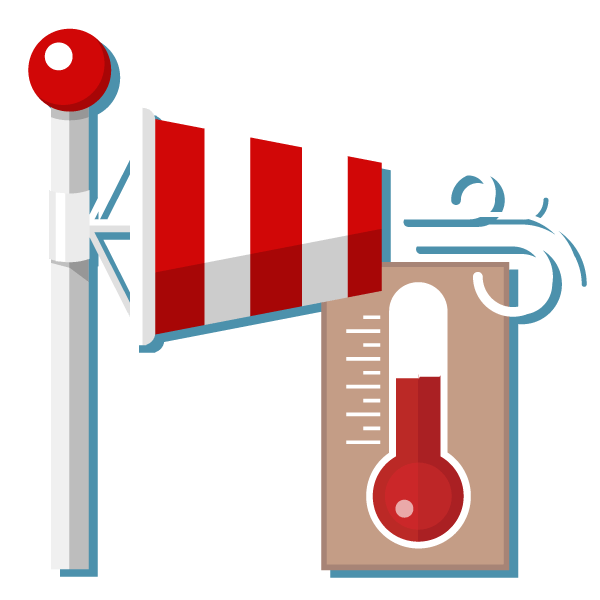
Thanks to cool ocean breezes, summer temperatures in Myrtle Beach are generally about 5 degrees lower than inland cities like Florence and Columbia.
5. When it rains, it's usually not for long.
Though summer is known for sun, in reality the rainiest times of the year are summer months such as July, August and September. But don't worry — the high humidity and cool ocean breezes mean it's common to see a fast, furious storm with heavy rain that rarely lasts more than an hour, followed by good weather the rest of the day.

We average almost 50 inches of precipitation per year, which is slighty more than Ocean City, Md., and less than Daytona Beach, Fla.

Though our we get more rain than the U.S. average (37 inches), the number of days with measureable precipitation in Myrtle Beach (94) is below average.
6. Even at the beach, it snows sometimes.
Though it's not very often that we get more than a dusting of the white stuff, it has been known to snow in Myrtle Beach at times. Luckily, the few flakes we do get generally fall in offseason during January or February when the smallest number of visitors are around.

The Myrtle Beach area averages less than 1 inch of snow per year. We rarely see any accumulation.

In 2010, on the eve of the Myrtle Beach Marathon, nearly 3 inches of snow fell causing the race to be cancelled that year.
7. Hurricanes aren't as common as you think.
Like pretty much any place along the East Coast, there is a possibility of tropical storms and inclement weather in Myrtle Beach. However, unlike some vacation destinations in Florida and along the coast, the likelihood of a direct hit from a strong storm or hurricane in Myrtle Beach is very rare.

The last storm to cause major damage was Hurricane Floyd, which flooded much of the area in 1999. Prior to that it was Hurricane Hugo in 1989.

The Myrtle Beach area is affected by a storm roughly every two years. In the past decade, the only hurricane to hit the area was Charley in 2004.
8. It's best to study the tide charts.
For those planning on enjoying beachgoing activities like sunbathing, swimming, shelling or surfing, it's important to know when high and low tide will strike at your part of the beach. Keeping abreast of the daily changes in tide will help you find the best treasures from the sea, catch the biggest waves of the day and keep your beach gear from getting soaked by incoming waves. Click here to see the current NOAA charts.

The average range between high and low tides as measured at Springmaid Pier in Myrtle Beach is about 5 feet vertically, which can equate to several hundred feet of beach real estate throughout the day.

It is estimated that 6,000 waves strike the beach on an average day. This number can rise or fall significantly based on wind speeds.
9. It's perfectly safe to swim in the ocean.
In order to protect the millions of visitors who choose to swim in the ocean each year, local governments put a premium on the water safety by adhering to a water monitoring program administered by the South Carolina Department of Health and Environmental Control. DHEC tests the ocean water and surf at numerous sites along the coast to make sure there are no dangerous contaminants and that it meets Environmental Protections Agency standards.

The area averages less than four shark bites per year. With more than 14 millon visitors per year, that means your chances of being nipped by a shark are roughly 1 in 4.2 million.
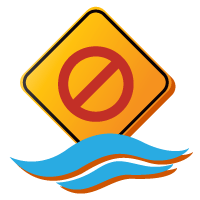
There are more than a dozen tidal creeks (or swashes) along the Grand Strand. It is reccommended that swimmers avoid these areas, especially after a heavy rain as they can collect runoff from trash, fertilizer, or pesticides and can cause illness.
10. There's no bad time to visit!
One of the best aspects of the mild Myrtle Beach climate is that you can visit anytime and enjoy a great experience with weather that's most likely better than the weather at home. Choosing the right time to come just depends on what you're looking for — many golfers choose the ideal golf weather of spring, while lots of families opt for summer when school is out and some older guest prefer the less crowded shoulder season filled with mild and beautiful days.

Even if you catch a stretch of bad weather, there's plenty of great things to do indoors. Check out our 102 Things To Do or Rainy Day guide for ideas.

We recently named October as "The Best Month to Visit" thanks to great weather, lower room rates, smaller crowds and lots of great events. See the full list here.
Overview
What you need to know about weather in the Myrtle Beach area
If you’re a true weather buff looking for even more information on the Grand Strand’s coniditions, you’ll want to check out the following information on what to do if there’s a storm, what to do when it rains and when’s the best time of year to visit. Take a look below, and if you still have questions, feel free to drop us a line!








